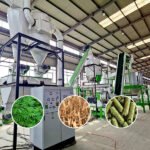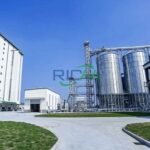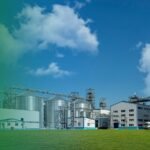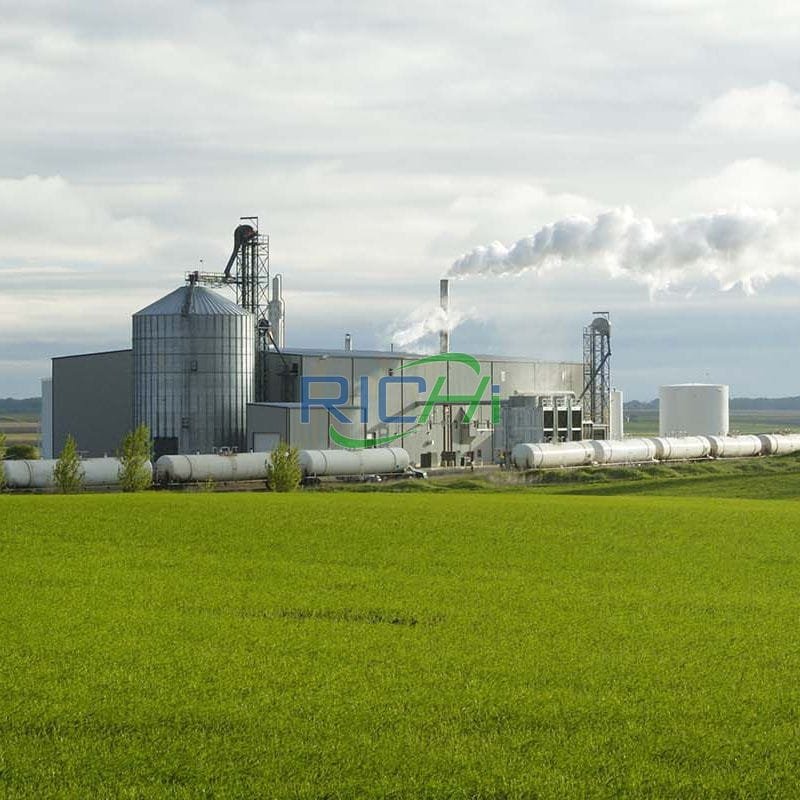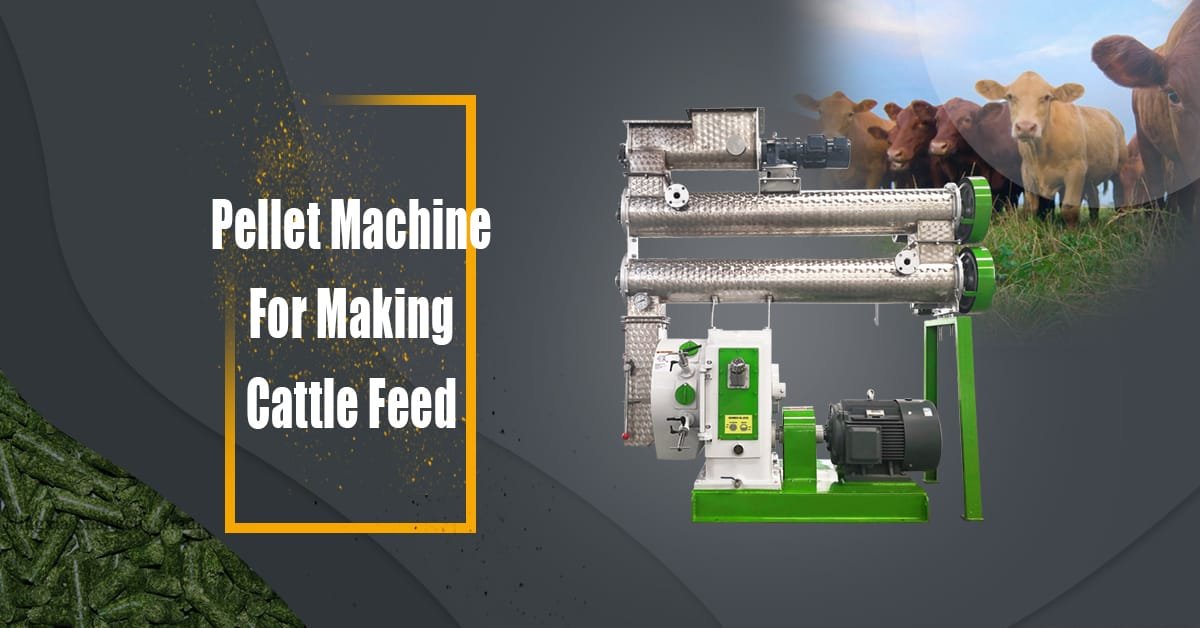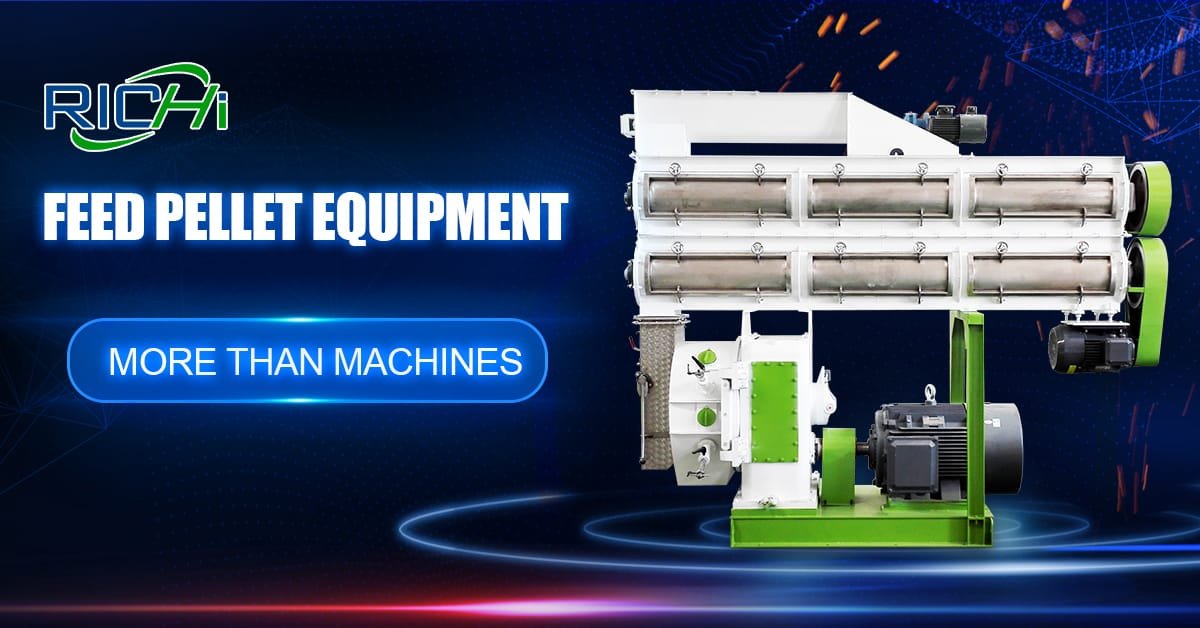1. Introduction
The demand for organic fertilizers has been steadily increasing globally due to the growing awareness of environmental protection and sustainable agriculture. Organic fertilizer pellet machines, as key equipment in the production of organic fertilizers, play a crucial role in this process. However, different regions have distinct characteristics in terms of agricultural production, raw material availability, economic development levels, and environmental regulations, which lead to diverse demand characteristics for organic fertilizer pellet machines. This article comprehensively analyzes the demand characteristics of organic fertilizer pellet machines in different regions.

2. Influence of Agricultural Production Patterns on Demand
2.1 Large – Scale Commercial Agriculture Regions
High – Capacity and High – Efficiency Requirements
In regions dominated by large – scale commercial agriculture, such as the Midwest of the United States and the Pampas region in Argentina, large – scale farms with extensive acreage are common. These farms require a large amount of organic fertilizers to maintain soil fertility and ensure high – yield crop production. As a result, they have a strong demand for high – capacity organic fertilizer pellet machines. For example, a large – scale corn – growing farm in the Midwest may need a pellet machine with a production capacity of 5 – 10 tons per hour to meet its fertilizer needs during the planting season. High – efficiency is also crucial in these regions. The pellet machines should be able to operate continuously for long hours with minimal downtime for maintenance, so as to maximize production output and reduce labor costs.
Integration with Large – Scale Production Systems
Large – scale commercial agriculture often involves integrated production systems, including large – scale raw – material collection, processing, and distribution. Organic fertilizer pellet machines in these regions need to be easily integrated into these large – scale systems. They should be compatible with large – capacity raw – material storage and transportation equipment, and have the ability to communicate and coordinate with other production – line components. For instance, the pellet machine may need to be connected to an automated raw – material feeding system, which can accurately control the amount of raw materials fed into the machine according to the production plan.
2.2 Small – Scale Subsistence Farming Regions
Compact and Cost – Effective Machines
In small – scale subsistence farming regions, such as some rural areas in Africa and parts of Southeast Asia, farmers usually operate on a small plot of land with limited resources. Their demand is mainly for compact and cost – effective organic fertilizer pellet machines. Compact machines are easier to install and operate in small farmyards, and they also require less investment in terms of space and infrastructure. Cost – effectiveness is a key factor, as small – scale farmers have limited financial resources. They need pellet machines that are affordable to purchase and have low operating costs, such as those with low energy consumption and simple maintenance requirements. For example, a small – scale vegetable – growing farmer in rural Vietnam may prefer a hand – operated or small – electric – powered pellet machine that costs only a few hundred dollars.
Adaptability to Local Raw Materials
Small – scale subsistence farmers often rely on local organic raw materials, such as household waste, animal manure from a few livestock, and crop residues. Organic fertilizer pellet machines in these regions need to be adaptable to a wide variety of local raw materials. They should be able to handle different types of materials with varying moisture contents and particle sizes. For instance, a pellet machine should be able to process both wet pig manure and dry rice straw, which are common raw materials in small – scale farming areas in Asia. (Related post: Organic Fertilizer Production Line)
3. Impact of Raw – Material Availability on Demand
3.1 Regions Abundant in Livestock Manure
Machines Suitable for High – Moisture Raw Materials
Regions with a large number of livestock, such as the dairy – farming regions in the Netherlands and some parts of India, have an abundant supply of livestock manure, which is a common raw material for organic fertilizers. However, livestock manure usually has a high moisture content. Therefore, the demand in these regions is for organic fertilizer pellet machines that can handle high – moisture raw materials. These machines may be equipped with special drying or pre – treatment devices, or have a design that allows for the direct granulation of high – moisture materials. For example, some pellet machines use a combination of mechanical extrusion and air – drying during the granulation process to deal with high – moisture livestock manure.
High – Throughput for Large – Volume Raw Materials
Due to the large volume of livestock manure available, there is also a need for pellet machines with high throughput. These machines should be able to process a large amount of manure in a short time to meet the local demand for organic fertilizers. In addition, they may need to be integrated with manure – collection and transportation systems to ensure a continuous supply of raw materials. For instance, in a large – scale dairy – farming area in the Netherlands, the organic fertilizer pellet machines are often connected to automated manure – collection systems in the barns, which can quickly transfer the manure to the pellet – production site.
3.2 Regions with Abundant Crop Residues
Machines for Fibrous Raw Materials
Regions where large – scale crop cultivation is carried out, such as the wheat – and corn – growing regions in China and the soybean – producing regions in Brazil, have abundant crop residues. Crop residues, such as wheat straw, corn stalks, and soybean stems, are fibrous materials. Organic fertilizer pellet machines in these regions need to be designed to handle such fibrous raw materials. They may require stronger extrusion mechanisms or special cutting and mixing devices to break down and granulate the fibrous materials. For example, some pellet machines use a pre – shredding process to cut the crop residues into smaller pieces before feeding them into the granulation chamber.
Multi – Functionality for Composite Raw – Material Processing
In many cases, these regions also have other types of organic raw materials available, such as livestock manure or food – processing waste. Therefore, there is a demand for organic fertilizer pellet machines with multi – functionality. These machines should be able to process a combination of different raw materials, adjusting the granulation process according to the characteristics of the composite raw materials. For example, a pellet machine may be able to mix crop residues with a certain proportion of livestock manure and then granulate the mixture to produce a balanced organic fertilizer.
4. Influence of Economic Development Levels on Demand
3.1 Developed Regions
High – Quality and Technologically Advanced Machines
In developed regions, such as Western Europe, North America, and Japan, farmers generally have higher incomes and are more willing to invest in high – quality and technologically advanced agricultural equipment. The demand for organic fertilizer pellet machines in these regions is for models with advanced features, such as intelligent control systems, high – precision granulation mechanisms, and energy – saving technologies. For example, some pellet machines in developed regions are equipped with sensors that can monitor and adjust the granulation process in real – time according to the moisture content and composition of the raw materials, ensuring the production of high – quality granules with consistent quality.
Stringent Environmental and Safety Standards
Developed regions also have stringent environmental and safety standards. Organic fertilizer pellet machines need to meet these standards, which leads to a demand for machines with advanced environmental – protection and safety features. For example, the machines should have efficient dust – collection and odor – control systems to minimize environmental pollution during the production process. In addition, they should be equipped with safety interlocks and emergency – stop devices to ensure the safety of operators. (Related project:8T/H Organic Fertilizer Factory In Vietnam)
3.2 Developing Regions
Cost – Effective and Easy – to – Operate Machines
In developing regions, such as many countries in Africa, South America, and parts of Asia, the economic development level is relatively low. Farmers have limited financial resources, so the demand is mainly for cost – effective organic fertilizer pellet machines. These machines should be affordable to purchase and have low operating costs. At the same time, they need to be easy to operate, as the technical level of farmers in these regions may be relatively low. For example, a simple – structure pellet machine with a user – friendly control panel and basic operation functions is more suitable for farmers in developing regions.
Training and Technical Support Requirements
Since the technical knowledge of farmers in developing regions may be limited, there is a strong demand for training and technical support for organic fertilizer pellet machines. Manufacturers or suppliers in these regions are expected to provide on – site training for farmers on how to operate and maintain the machines. In addition, they should be able to offer timely technical support in case of machine failures, such as providing replacement parts and remote troubleshooting services.
5. Impact of Environmental Regulations on Demand
4.1 Regions with Strict Environmental Regulations
Low – Emission and Energy – Efficient Machines
Regions with strict environmental regulations, such as the European Union and some states in the United States, require organic fertilizer pellet machines to have low emissions and high energy – efficiency. These machines should use clean – energy sources or have advanced energy – recovery systems to reduce energy consumption and greenhouse – gas emissions. For example, some pellet machines in these regions are powered by electricity from renewable energy sources, such as solar or wind power. In addition, they are equipped with advanced dust – collection and exhaust – gas treatment systems to meet the strict air – quality standards.
Compliance with Waste – Management Regulations
Environmental regulations in these regions also often include strict waste – management requirements. Organic fertilizer pellet machines need to be designed in accordance with these regulations, especially when dealing with waste – derived raw materials. For example, if using industrial organic waste as raw material, the pellet machine should have a pretreatment process to ensure that the waste materials meet the environmental standards before granulation. In addition, the machine should be able to produce organic fertilizers that are safe for the environment and do not cause secondary pollution.
4.2 Regions with Relaxed Environmental Regulations
Basic Functionality and Low – Cost Machines
In regions with relatively relaxed environmental regulations, the demand for organic fertilizer pellet machines may focus more on basic functionality and low cost. These regions may prioritize the production of organic fertilizers to meet the local agricultural needs at a lower cost, rather than investing in high – end environmental – protection and energy – saving features. However, as environmental awareness gradually increases in these regions, there is also a growing trend towards more environmentally friendly and energy – efficient machines. For example, some small – scale farmers in these regions may initially choose a simple and inexpensive pellet machine without advanced environmental – protection features, but as they become more aware of environmental issues, they may upgrade to a more environmentally friendly model in the future.
6. Case Studies of Demand Characteristics in Different Regions
6.1 Case 1: The Midwest of the United States
In the Midwest of the United States, large – scale commercial agriculture is the main agricultural production pattern. A large – scale soybean – growing farm in Iowa has a demand for a high – capacity organic fertilizer pellet machine. The farm selected a pellet machine with a production capacity of 8 tons per hour, which is equipped with an intelligent control system. This machine can be integrated with the farm’s large – scale raw – material storage and transportation systems. The farm also requires the machine to meet the strict environmental regulations in the state, so the machine is equipped with advanced dust – collection and energy – saving devices.
6.2 Case 2: Rural India
In rural India, small – scale subsistence farming is common, and there is an abundant supply of livestock manure. A small – scale farmer in Rajasthan purchased a compact and cost – effective organic fertilizer pellet machine. The machine is designed to handle high – moisture livestock manure directly without complex pre – treatment. It is also easy to operate, and the farmer received on – site training from the supplier on how to use and maintain the machine. The machine has a simple structure and low energy consumption, which meets the needs of the small – scale farmer.
7. Conclusion
In conclusion, different regions have diverse demand characteristics for organic fertilizer pellet machines, which are influenced by factors such as agricultural production patterns, raw – material availability, economic development levels, and environmental regulations. Understanding these demand characteristics is crucial for manufacturers and suppliers of organic fertilizer pellet machines to develop targeted products and marketing strategies. By catering to the specific needs of different regions, the organic fertilizer production industry can better meet the growing demand for organic fertilizers and promote the development of sustainable agriculture globally. In the future, with the continuous changes in global agricultural production, economic development, and environmental protection requirements, the demand characteristics of organic fertilizer pellet machines in different regions are also expected to evolve, and the industry needs to adapt to these changes in a timely manner.


